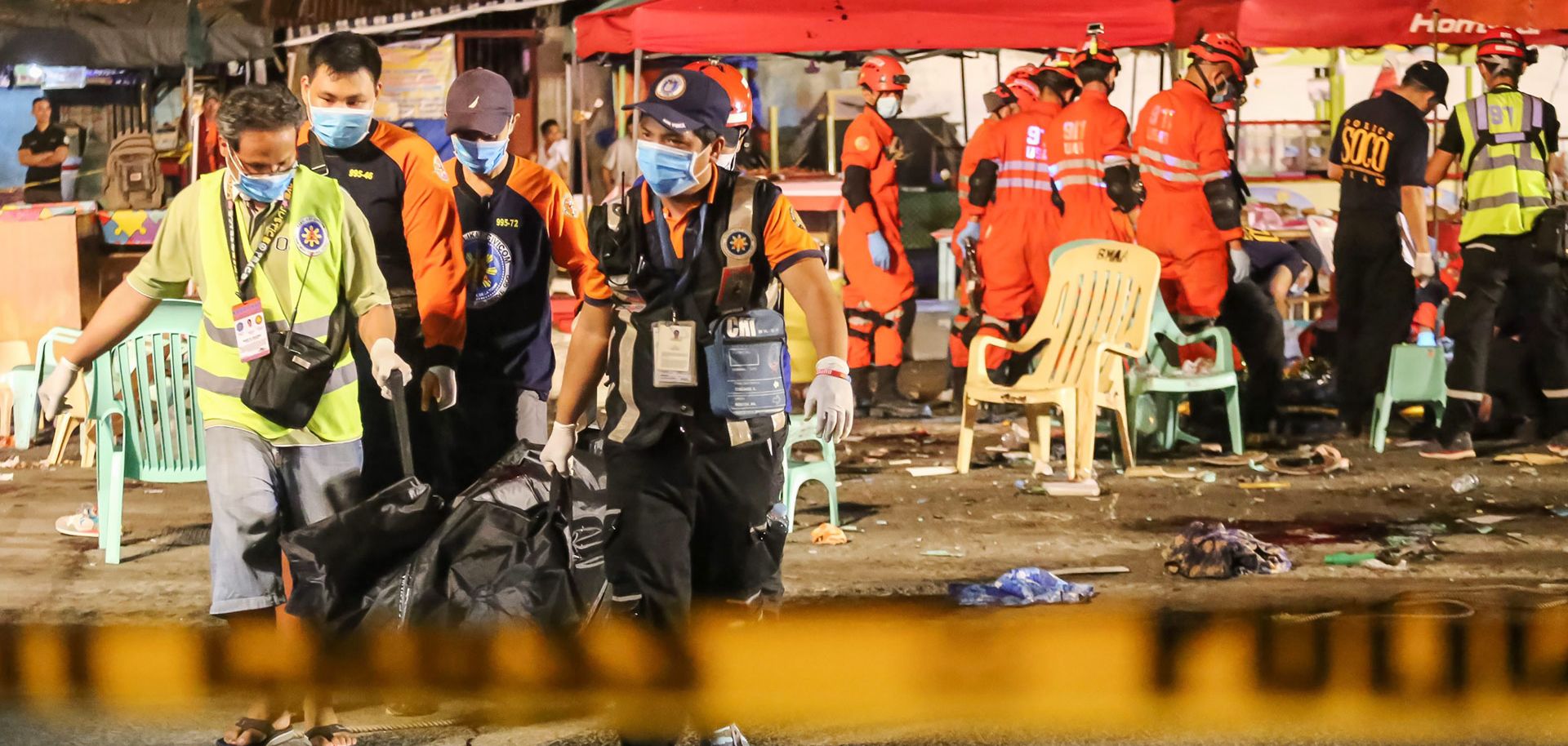In the Philippines, concerns are mounting over the proliferation of Islamic State affiliates on the southern islands of Mindanao. Jihadist groups in the region have been coalescing under the extremist group's flag since Abu Sayyaf head Isnilon Hapilon declared his allegiance to Islamic State leader Abu Bakr al-Baghdadi in 2014. Less than a decade earlier, Mindanao's various Islamic State affiliates were a jumble of local gangs engaged in criminal activity under the dubious banner of jihad.
By adopting the Islamic State's moniker and mimicking some of its tactics, Hapilon and other jihadist leaders in the Philippines have gained legitimacy, along with notoriety, as part of a well-known, transnational movement. But beyond that, the benefits of taking up the Islamic State banner have been marginal. Al-Baghdadi, in fact, has yet to grant official wilayat status to Abu Sayyaf, even though Hapilon has a large following among Southeast Asian fighters in Syria. (The...

